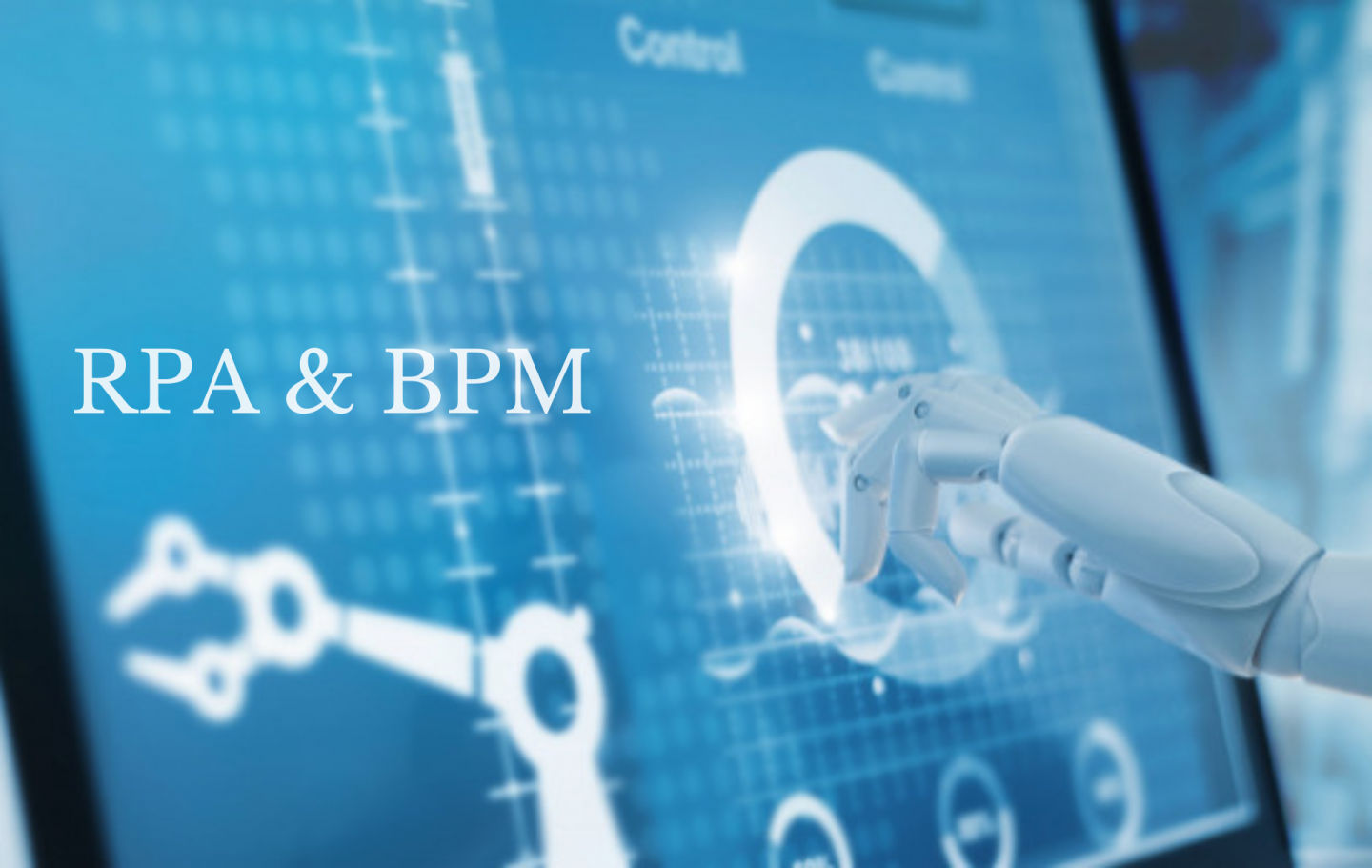The combination of BPM and RPA makes it possible to develop fully intelligent automation solutions.
When it comes to digital transformation, the processes must be adapted, optimized & then automate. Efficiency enhancements have a significant part to play here also the error rate reduces & the working quality increases. To make it possible two approaches have to be taken i.e. Business Process Management (BPM) and Robotic process automation (RPA).
By reading further you will get to know the role of the two technologies in optimizing the business process and how do they can work together.
Robotic Process Automation (RPA)
RPA a path to process automation in which robots execute tasks usually performed by employees manually. Thanks to the automated processing of standardized workflows, companies benefit from higher process speeds and fewer errors. The robots use current office and ERP systems to communicate with the information layer of the individual application software without changing the strategic software architecture and ongoing business logic. Hence no expensive and extensive adjustments must have to be made by companies to the current system landscape.
To achieve a significant increase in productivity, RPA automation projects are focused on repetitive, high standardization processes. Besides, the input data processed must be available in a structured format. If the condition is fulfilled and the process that is to be automated carefully documented and analyzed in advance, there will be a possibility of successful process automation with RPA
Business Process Management (BPM)
Business Process Management (BPM) focuses on identifying, designing, executing, monitoring, and optimizing the business processes. Not only technical issues but also organizational aspects should be addressed by BPM. It supports companies to get an overview, redefine processes, map them, and coordinate them ultimately.
The BPM would make it easy to leverage the knowledge now available on its company processes to tailor them to consumer needs. The organization can help accomplish its own strategic goals through this information is a benefit.
Basic activities in the area of BPM- planning & mapping of the process, running the process in time & monitoring process to make it successful. The information acquired during monitoring or analysis can then be used to help prepare to automate new processes also can be used in optimizing the existing processes.
As far as IT is concerned, the main purpose of business process management is to coordinate systems and enterprise functions. This will improve efficiency, flexibility, quality, and lower costs. Therefore, BPM encourages pushing for new processes to get develop.
Combination of RPA & BPM in Business Process Automation
In the market, RPA & BPM are the most important automation technologies. At the moment, however, companies are often focusing on one of the two approaches to process optimization. Because of their common goals of increasing profitability and performance, BPM & RPA are not competing with each other. On the opposite, these two technologies can combine. The combination of BPM and RPA makes it possible to develop fully intelligent automation solutions. The solutions completed represent the best of all processes. BPM handles workflow orchestration, customer interactions, managing exceptions and complex decisions made by people whereas an RPA is in charge of repetitive sequences of tasks that can fully be assigned to a virtual software robotics "digital workforce" and can execute these tasks with absolute precision and allow companies to scale up.
The choice of a hybrid, static system will now offer a benefit for process change. There is, however, an alternative to take a long and time-determined migration path. Along this migration path, there is a shift in the focus between BPM and RPA. Such an approach is especially useful when RPA is the basis for a corporate strategy. In fast process automation, RPA plays a significant part. While the RPA 's contributions can be made in the short term. BPM tends to be for the long-term for the company in the transformation view.
Together, RPA and BPM are designed to constantly adapt, automate, and to optimize current processes. The combination of two technologies provides companies an excellent opportunity for end-to-end automation. and Holistic optimization of the business process makes an essential contribution to the digital transformation of businesses in the face of strong competition, consolidating or improving the company's position in the market competition.
Final words
BPM is the systemic and strategic aspect of digital transformation. Here the entire business process is analyzed, developed, and streamlined. The outcome is sustainable and a modern business process to form the basis for automation techniques.
On the other hand, RPA aims to take the pragmatic view and provides a way to the rapid and short-term optimization of any business processes. Because the use of robotics does not necessarily require a complete BPM concept. However, RPA cannot turn ineffective processes into automation somehow it needs to be used with BPM.







*********eal789987@gmail.com
your content is very helpful for us such a nice article you provide.Jason Todd Arkham Knight Jacket